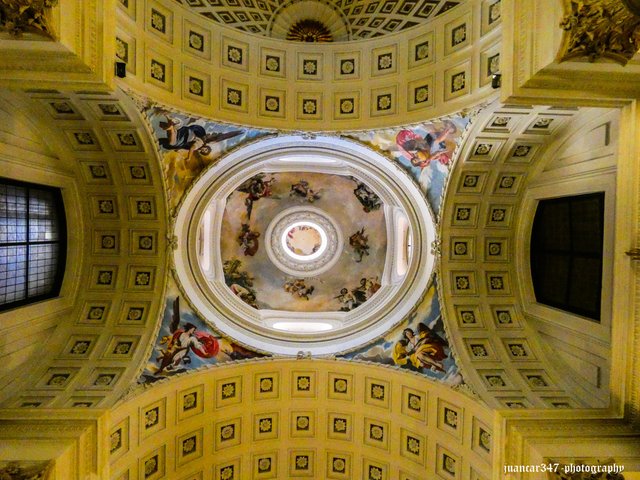
Madrid is one of those cities, metaphorically enchanted, where Art and the supernatural maintain, in many cases, happy relationships, to the point that certain places of worship and certain streets invite all that restless spirit to let themselves go. by the force of the dream that always accompanies every mystery. In such a way that, boxed in and barely visible between the populous Gran Vía street and another smaller, narrower street, in whose darkness it breathes, like the weight of a curse, the sadness of the marginal, with stories that have little or nothing To envy the misery eternally latent in Dickens's literature, a small but magnificent temple, which, being an exponent of that baroque architecture that so disgusted that prince of romantic poetry, Gustavo Adolfo Becquer, bears, precisely, his name : Oratory of the Knight of Grace.
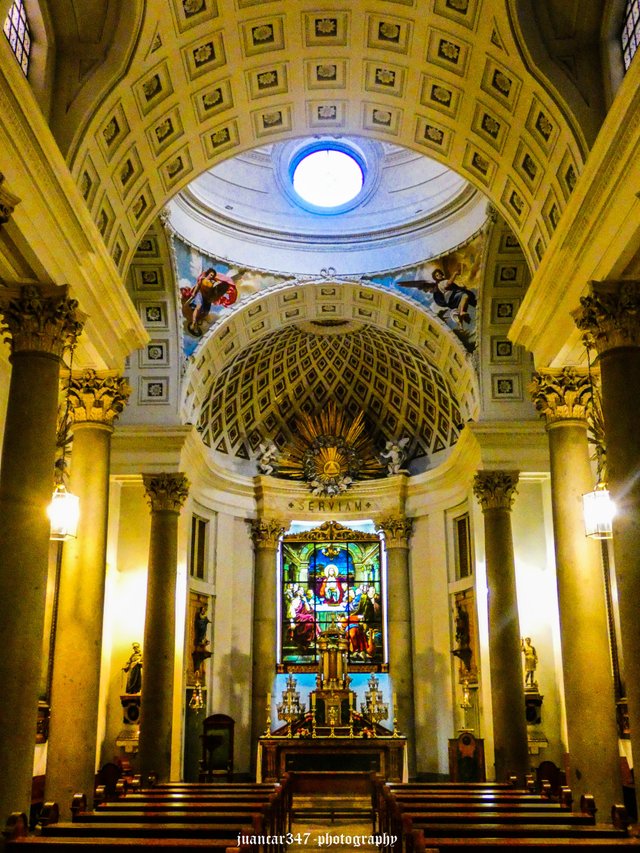
Unlike Jacobo of the Voragine, who achieved notoriety and was a source of reference for painters of all times for his biographical compilations of saints, Jacobo of Gracia was an Italian knight who, during that gratifying period known as the Golden Age Spanish, he served as consul in that swashbuckling Madrid, so masterfully illustrated in the novels of Pérez Reverte. Like the popular Mexican Juan Charrasqueado, Jacobo was also a quarrelsome and a drinker and finding himself, precisely, in one of these conflicts, he suffered a supernatural experience, which, although without reaching the extremes of the disturbing NDEs or Near Death Experiences, so disseminated by doctors Raymond Moody and Elizabeth Kübler-Ross, completely changed his life. Fighting a duel to the death with another knight, both he and this one saw an apparently beautiful and elegant woman passing by him. Bewitched by the mysterious lady, both knights ceased their homicidal thrusts, giving way to a courtship that would be the origin of their contrite disappointment, because the woman, upon turning around, showed, for her face, a frozen skull, with empty sockets and ironic smile, which chilled the blood in his veins. Nothing is known about the other knight, but history states that Jacobo of Gracia, repentant of his licentious life, decided to found the Oratory that bears his name and dedicate his life to God. Just in case you doubt the veracity of this story, I will tell you that, in fact, the street where they fought and had that supernatural experience exists. It is located not far from the Oratory, behind the superb building of the Telephone Company, it is called Disillusion Street and to this day, it continues to be one of the most marginal places in Madrid.
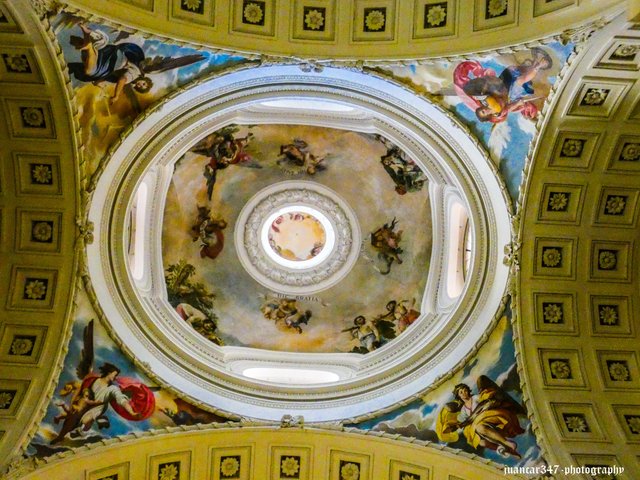
Madrid es una de esas ciudades, metafóricamente encantadas, donde el Arte y lo sobrenatural mantienen, en muchos casos, felices relaciones, hasta el punto, de que ciertos lugares de culto y ciertas calles, invitan, a todo aquel espíritu inquieto, a dejarse llevar por la fuerza de la ensoñación que acompaña siempre a todo misterio. De tal manera, que, encajonado y apenas visible entre la populosa calle de la Gran Vía y otra más pequeña y estrecha, en cuyas oscuridades alienta, como el peso de una maldición, la tristeza de lo marginal, con historias que poco o nada tienen que envidiar a la miseria eternamente latente en la literatura de Dickens, un pequeño aunque magnífico templo, que, siendo exponente de esa arquitectura barroca que tanto disgustaba a ese príncipe de la poesía romántica, que fue Gustavo Adolfo Bécquer, lleva, precisamente, su nombre: Oratorio del Caballero de Gracia.
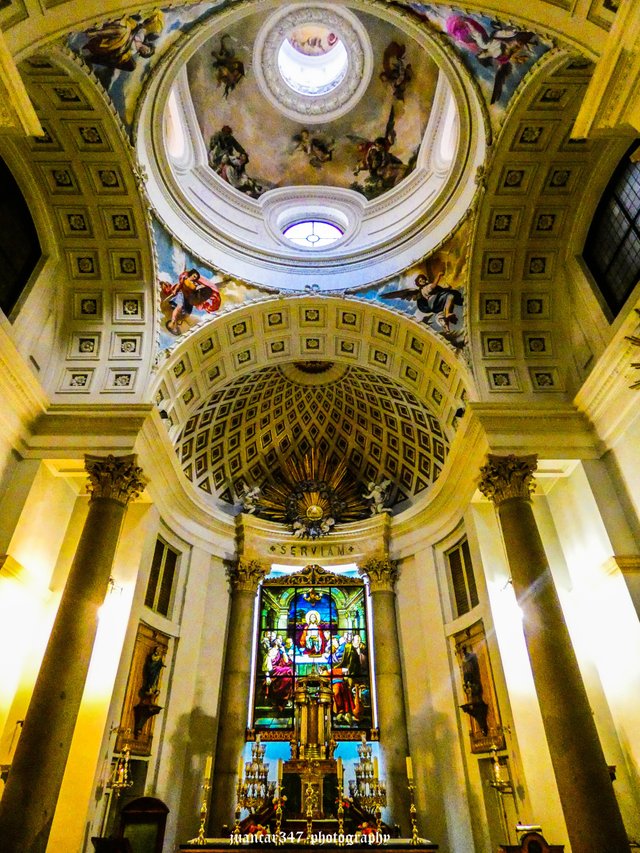
A diferencia de aquel Jacobo de la Vorágine, que alcanzó notoriedad y fue fuente de consulta de los pintores de todas las épocas por sus recopilaciones biográficas de santos, Jacobo de Gracia fue un caballero italiano, que, durante ese gratificante periodo conocido como Siglo de Oro español, ejerció las labores de cónsul en aquel Madrid de capa y espada, tan magistralmente ilustrado en las novelas de Pérez Reverte. A la manera del popular Juan Charrasqueado mejicano, Jacobo era también pendenciero y bebedor y hallándose, precisamente, en una de estas lides, sufrió una experiencia sobrenatural, que, aunque sin llegar a los extremos de las inquietantes ECM o Experiencias Cercanas a la Muerte, tan divulgadas por los doctores Raymond Moody y Elizabeth Kübler-Ross, le cambió por completo la vida. Batiéndose en duelo a muerte con otro caballero, tanto él como éste, vieron a una, en apariencia, hermosa y elegante mujer que pasaba por su lado. Hechizados por la misteriosa dama, ambos caballeros cesaron en sus estoques homicidas, dando paso a un galanteo que sería el origen de su contrito desengaño, pues la mujer, al darse la vuelta, mostró, por rostro, una gélida calavera, de cuencas vacías y sonrisa irónica, que le heló la sangre en las venas. Del otro caballero no se sabe nada, pero la historia afirma que Jacobo de Gracia, arrepentido de su licenciosa vida, decidió fundar el Oratorio que lleva su nombre y dedicar su vida a Dios. Por si acaso dudan de la veracidad de esta historia, les diré, que, en efecto, la calle donde se batieron y tuvieron esa experiencia sobrenatural, existe. Se localiza no muy lejos del Oratorio, detrás del soberbio edificio de la Compañía Telefónica, lleva por nombre calle del Desengaño y a día de hoy, continúa siendo uno de los lugares más marginales de Madrid.
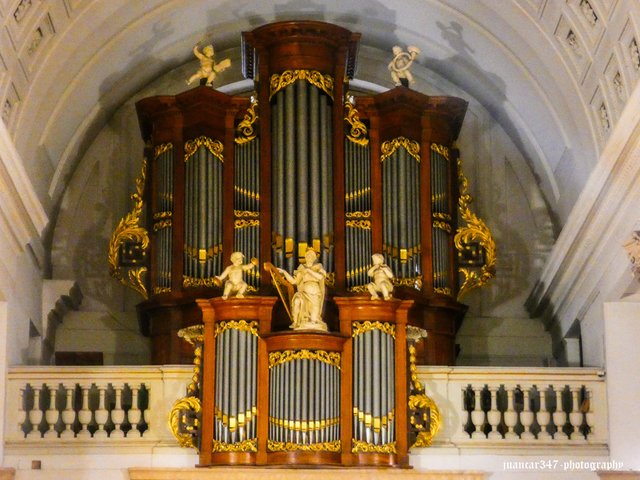
NOTICE: Both the text and the accompanying photographs are my exclusive intellectual property and are therefore subject to my Copyright.
AVISO: Tanto el texto, como las fotografías que lo acompañan, son de mi exclusiva propiedad intelectual y por lo tanto, están sujetos a mis Derechos de Autor.
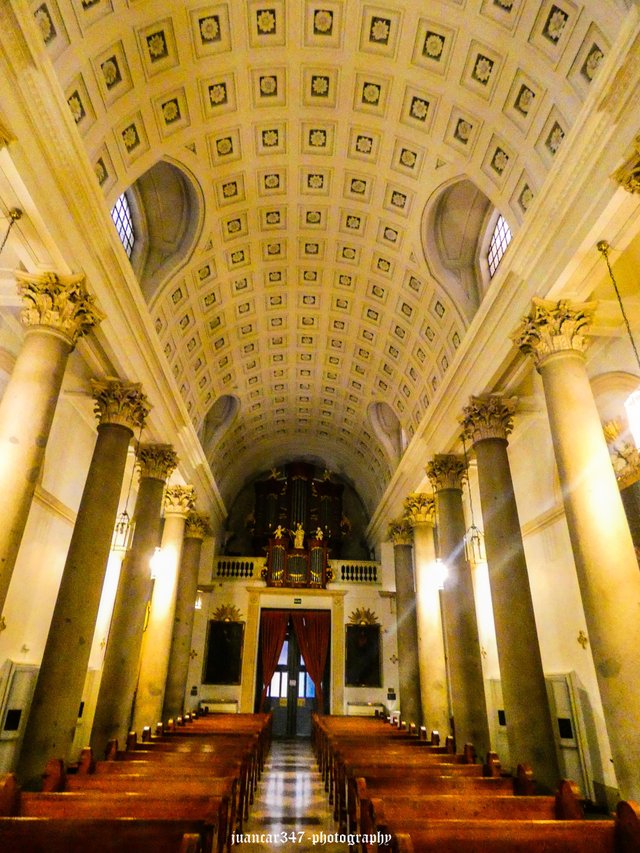
马德里是一个充满活力和魅力的城市,拥有许多值得探索的地方。无论是历史、文化、地理、经济还是美食,马德里都有着丰富的资源和独特的魅力
Downvoting a post can decrease pending rewards and make it less visible. Common reasons:
Submit